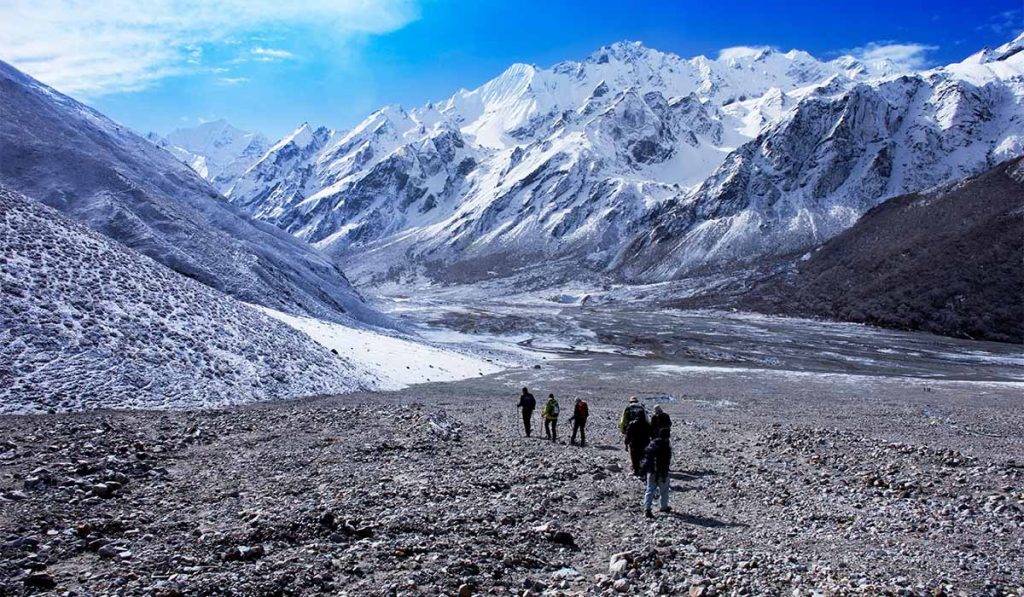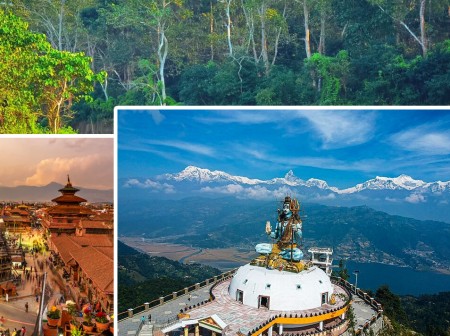
Langtang Trek Difficulty
- soleencounters
The Langtang Valley is one of the most scenic trekking regions in Nepal. Surrounded by steep hills, glacial valleys, and dramatic Himalayan peaks, it offers an unforgettable journey for trekkers who want a blend of adventure and culture. While the trail presents its share of challenges, most hikers find that the rewards far outweigh the effort.
Table of Contents
Despite what many travelers assume, the Langtang Valley Trek is considered one of the more accessible Himalayan treks. It is graded as a moderate route and can be completed comfortably by beginners who have a basic level of fitness. The terrain is varied and the altitude gradually increases, which helps your body adjust as you climb. If you prepare well and understand the demands of the trail, this journey becomes manageable and deeply enjoyable.
Below is a clear breakdown of the difficulty factors and the best ways to overcome them for a successful trek.
What Determines Langtang Trek Difficulty
Several elements influence how challenging the Langtang trek feels. Each trekker experiences the trail differently depending on fitness, weather, and personal pacing. These are the main factors that shape the difficulty level.
1. Trekking Distance
The typical daily walking distance is around ten kilometers. This is much less than many longer treks in Nepal, which makes the Langtang route easier to handle. Still, continuous uphill and downhill sections require steady effort throughout the day.
2. Maximum Altitude
The highest point many trekkers reach is Tserko Ri at about 4983 meters. As the altitude increases, the air becomes thinner, which can lead to altitude related symptoms. Proper acclimatization, slow pacing, and steady hydration help prevent discomfort.
3. Trail Conditions
The trail crosses a mix of forest paths, rocky climbs, steep steps, and narrow sections. After Langtang village, the route becomes more rugged and exposed. Trekkers must be attentive, especially on uneven or slippery surfaces.
4. Weather Patterns
Weather in the Himalayas can shift quickly. Winter brings heavy snow and freezing temperatures. The monsoon season turns the trail muddy and prone to landslides. Spring and autumn offer the most pleasant conditions with stable skies and clearer views.
5. Personal Fitness
Although the trek is rated moderate, long walking days demand stamina. Anyone who can walk several hours at a steady pace and handle some uphill sections can complete the journey. Basic endurance training before the trek will make the experience smoother.
6. Trek Duration
Most Langtang itineraries last seven to twelve days. Daily walking time ranges between five and seven hours. Proper rest, pacing, and hydration make the longer days much easier to manage.
How to Overcome Langtang Trek Challenges
Good preparation is the key to enjoying this trek with minimal difficulty. These practical tips help you stay safe, comfortable, and confident throughout the journey.
Train Before the Trek
Start light training two to three months in advance. Activities like hiking on nearby trails, jogging, cycling, stair climbing, or swimming are excellent for building endurance. Regular cardio sessions strengthen your lung capacity and prepare your legs for long walking days.
Maintain Good Physical Health
You do not need prior trekking experience, but you should be in stable physical and mental condition. Anyone with heart or severe lung issues should consult a doctor before planning the trek. If you take medication, carry enough for the entire trip and discuss the trek with your physician.
Choose the Right Trek Package
Traveling with a professional agency makes the entire journey easier. A knowledgeable guide can help you navigate difficult sections, explain local culture, and respond quickly during emergencies. A porter lightens your load so you can enjoy the trek comfortably. Organizing permits, accommodation, and transportation becomes hassle free with a reliable company.
Pack Smart
Keep your backpack light but include essentials. Weather in the Langtang region can shift rapidly, so warm layers, a windproof jacket, gloves, and moisture wicking clothing are important. Waterproof boots with good grip and trekking poles offer extra support on uneven terrain. Since small villages may not have supplies, carry personal items like medicine, toiletries, and snacks.
Stay on the Designated Trail
The forested sections of the Langtang region are home to wildlife. For safety reasons, avoid leaving the established route or attempting shortcuts. Staying on the marked trail also prevents getting lost or entering unsafe terrain.
Select the Right Season
Plan your journey according to the weather. Trekking in spring and autumn provides clear skies, moderate temperatures, and stable trails. Winter and monsoon are possible but more physically demanding due to cold, snow, or heavy rain.
Prevent Altitude Related Issues
Altitude sickness is one of the most common concerns on Himalayan treks. Avoid gaining more than a thousand meters in elevation per day. Drink enough lukewarm water, walk at a relaxed pace, and rest whenever needed. If symptoms like headache or dizziness appear, inform your guide immediately and avoid climbing further. Descend to a lower altitude if symptoms persist. In severe cases, helicopter rescue may be required, which is why insurance is essential.
Get Travel Insurance
Purchase insurance that includes high altitude coverage and helicopter evacuation. This offers peace of mind in case of medical emergencies, theft, or unexpected trip changes.
Is the Langtang Trek Suitable for Beginners
Yes, the Langtang Valley Trek is one of Nepal's most beginner friendly Himalayan routes. With reasonable fitness, proper preparation, and support from an experienced guide, trekkers of all experience levels can reach Kyanjin Gompa and explore the surrounding high viewpoints.
The trek offers a balanced combination of cultural villages, forest trails, and high mountain scenery, making it ideal for first time trekkers as well as seasoned hikers looking for a shorter adventure.
Recent Posts
.jpg)
3rd Jul, 2025
.jpg)
4th Jul, 2025
.jpg)
4th Jul, 2025
.jpg)
7th Jul, 2025
.jpg)
8th Jul, 2025
.jpg)
8th Jul, 2025
.jpg)
8th Jul, 2025

10th Jul, 2025








